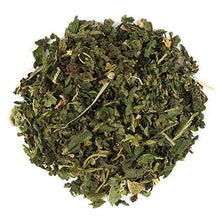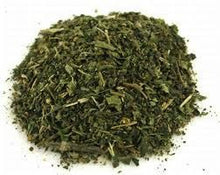Stinging nettle’s leaves and root provide a wide variety of nutrients, including
- Vitamins: Vitamins A, C and K, as well as several B vitamins
- Minerals: Calcium, iron, magnesium, phosphorus, potassium and sodium
- Fats: Linoleic acid, linolenic acid, palmitic acid, stearic acid and oleic acid
- Amino acids: All of the essential amimo acids
- Polyphenols: Kaempferol, quercetin, caffeic acid, coumarins and other flavonoids
- Pigments: Beta-carotene, lutein, luteoxanthin and other Stinging nettle above ground parts are used along with large amounts of fluids in so-called “irrigation therapy” for urinary tract infections (UTI), urinary tract inflammation, and kidney stones (nephrolithiasis).
- The above-ground parts are also used for allergies, hayfever, and osteoarthritis Stinging Nettle has many benefits
-
Stinging nettle is POSSIBLY SAFE when taken by mouth for up to 2 years or when applied to the skin appropriately. However, it might cause stomach complaints and sweating. Touching the stinging nettle plant can cause skin irritation.
Special Precautions & Warnings:
Pregnancy and breast-feeding: Stinging nettle is LIKELY UNSAFE to take during pregnancy. It might stimulate uterine contractions and cause a miscarriage. It’s also best to avoid stinging nettle if you are breast-feeding.F






